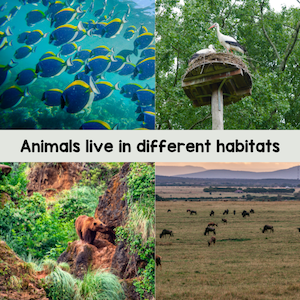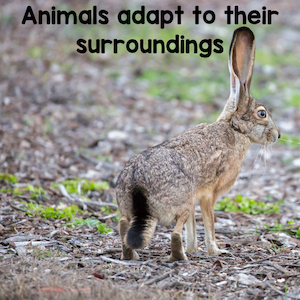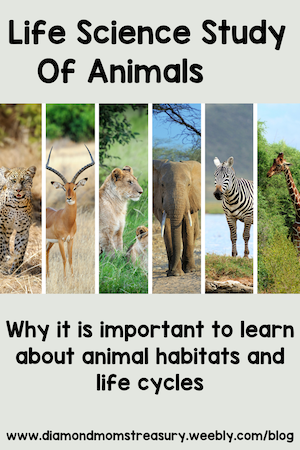|
Spring is here and so are the baby chicks, butterflies, and salmon fry. It is always so much fun to see these little animals as they appear in primary classrooms. The kids get so excited when they arrive and they want to check on them constantly. Many other baby animals are born or hatched in the spring as well. This is a great time to do research on animals. Life cycles of animalsUnderstanding animal life cycles is an important part of the broader study of life science. Many animals have fascinating stories in their transformation from egg to adulthood. Their journeys from egg-stage to adulthood have different processes depending on the kind of animal. Not only is the actual life cycle interesting to study, but also the habits and behaviors of the animals and the habitats in which they live. What are habitats?Habitats are the homes and natural environments where animals live and thrive. They range from deserts to forests, oceans to grasslands. They are special places where animals live, eat, and sleep. Every habitat has its own unique features, like temperature, terrain, and resources. Why are habitats important?Habitats provide food, shelter, and safety to animals. Plus, they play a crucial role in the balance of our ecosystem. Each species comes with its own set of needs and requirements that must be met in order for it to grow into a healthy adult. Different habitats and environments play an important role in this. As we explore the life cycles of animals, we can see how their habitats impact their lives. Some animals, like birds, build intricate nests to protect their eggs, while others, like kangaroos, carry their babies in a pouch. It's fascinating to see how different animals give birth, whether it's by laying eggs, hatching from an egg, or live births. In life science, we learn about the different stages of an animal's life, from birth to adulthood, and how they use their habitats to thrive. If you are looking for some resources about life cycles of different animals that can be studied at school, check out the resources below. Life Cycle Of A Chicken Life Cycle Of A Salmon Life Cycle Of A Frog Life Cycle Of A Honey Bee Life Cycle Of A Butterfly Poster And Activities Animals need specific things like food, water, and shelter to survive and thrive. Whether an animal lives in the ocean, the forest, or even in your own backyard, its habitat plays a crucial role in its life cycle. Plants also rely on the environment for survival. They thrive in different kinds of habitats just like animals do. Animals rely on the plants for food. Studying the life cycles of plants as well as animals help us to see how they depend on each other. Grab a free copy of this life cycle template that can be used for animals or plants. If you are looking for templates to do research on animals, check out these templates. I used these templates as graphic organizers when my students did powerpoints about their animals. Whether they are studying animals or plants, kids will find out fascinating information and hopefully they will have a better understanding of how important it is to protect the environment and the habitats of these living things. Related PostsComments are closed.
|
About Me Charlene Sequeira
I am a wife, mother of 4, grandmother of 9, and a retired primary and music teacher. I love working with kids and continue to volunteer at school and teach ukulele. Categories
All
|

















 RSS Feed
RSS Feed